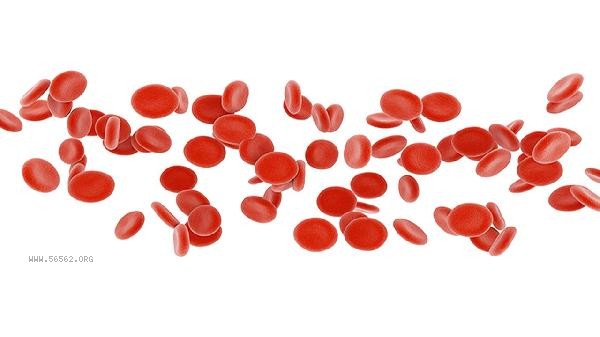The determination of erythrocyte sedimentation rate is mainly used to detect pathological conditions such as inflammation, infection, or tissue damage. This examination reflects the degree of non-specific inflammatory reaction in the body by measuring the sinking speed of red blood cells in a specific time. Common influencing factors include infectious diseases, rheumatic immune diseases, anemia, malignant tumors, etc.

1. Inflammation monitoring:
Elevated erythrocyte sedimentation rate is most commonly observed in various inflammatory reactions. When the body is infected or suffers from autoimmune diseases, acute phase response proteins such as fibrinogen increase in the blood, which accelerates the aggregation and sinking of red blood cells. Bacterial pneumonia, tuberculosis and other infectious diseases often lead to a significant increase in this indicator.
2. Rheumatoid disease assessment:
Rheumatoid arthritis, systemic lupus erythematosus and other rheumatic immune diseases are usually accompanied by sustained rapid increase in erythrocyte sedimentation rate. This indicator can be used as a monitoring parameter for disease activity, and the value will gradually decrease when treatment is effective, and then increase again when relapse occurs.
3. Anemia identification:

Severe anemia can lead to a decrease in the number of red blood cells and a decrease in intercellular repulsion, resulting in a pseudo increase in erythrocyte sedimentation rate. However, the characteristics of erythrocyte sedimentation rate changes in iron deficiency anemia and chronic anemia are different, and other indicators can be used to assist in distinguishing the type of anemia.
4. Tumor screening:
Some patients with malignant tumors such as lymphoma and multiple myeloma may experience a sustained increase in erythrocyte sedimentation rate. This is due to the secretion of inflammatory factors or abnormal proteinemia by tumor cells, but further diagnosis needs to be made by combining imaging and pathological examination.
5. Tissue damage:
Acute myocardial infarction, severe trauma, or surgery can cause a short-term increase in erythrocyte sedimentation rate due to the body's stress response. This change usually returns to normal after damage repair, and dynamic monitoring helps to assess the recovery status. When abnormal erythrocyte sedimentation rate is found during daily physical examination, it is recommended to complete complementary examinations such as C-reactive protein and blood routine. Healthy individuals can maintain normal levels of inflammation through regular sleep patterns, balanced diets such as increasing intake of dark vegetables and high-quality protein, and moderate exercise. Elderly people and patients with chronic diseases need to be monitored regularly, and pregnant women with accelerated physiological erythrocyte sedimentation rate need to be evaluated based on clinical findings. Avoid vigorous exercise and high-fat diet before the examination to ensure the accuracy of the results.









Comments (0)
Leave a Comment
No comments yet
Be the first to share your thoughts!